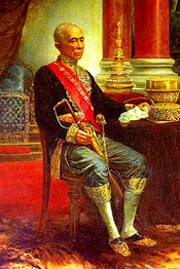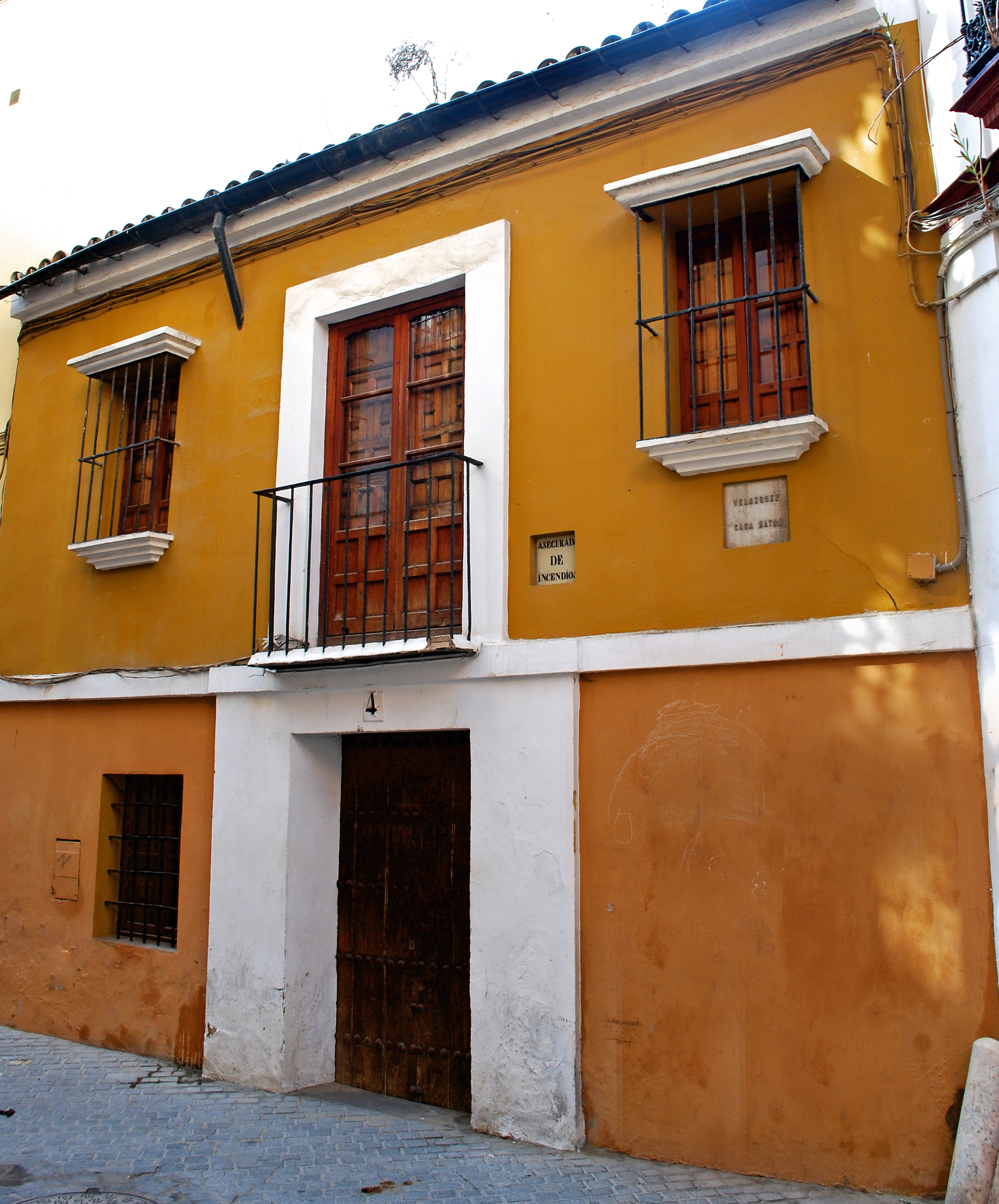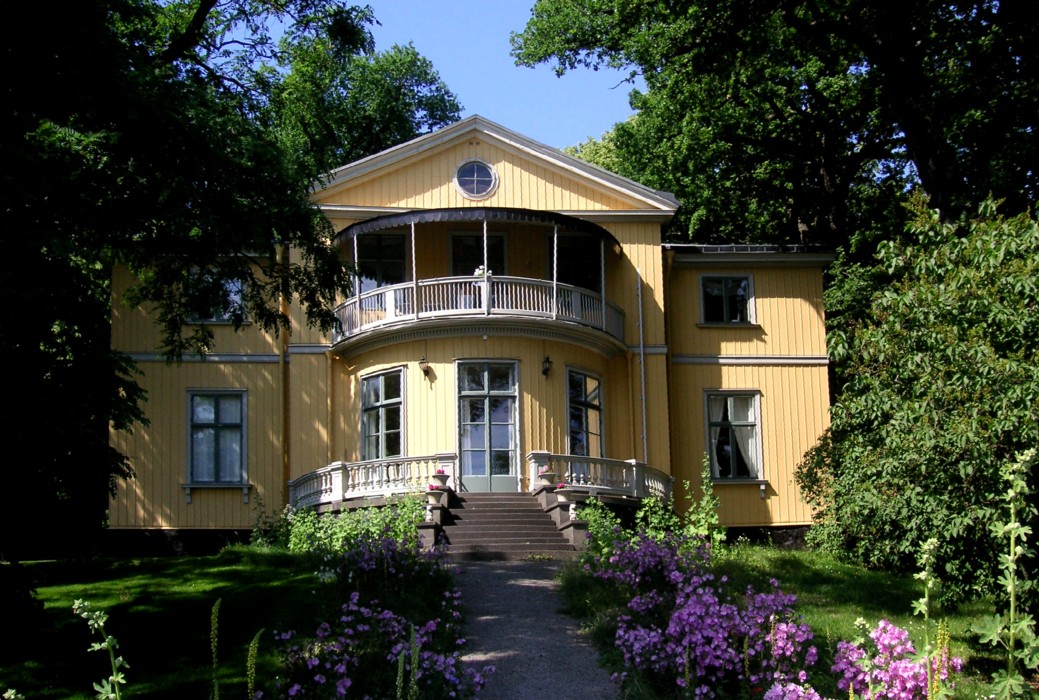|
Bartholomew Frere
Bartholomew Frere (30 November 1776 – 29 May 1851) was a British diplomat. Life Frere was born in 1776, the fifth son of John Frere John Frere (10 August 1740 – 12 July 1807) was an English antiquary and a pioneering discoverer of Old Stone Age or Lower Palaeolithic tools in association with large extinct animals at Hoxne, Suffolk in 1797. Life Frere was born in Ro ..., F.R.S., M.P. for Norwich, and a younger brother of John Hookham Frere and William Frere. He was educated at Harrow School and then proceeded B.A. at Trinity College, Cambridge, in 1799, and M.A. in 1806. Government service In 1801 he was appointed secretary of legation at Lisbon, whence he was transferred in the same capacity to Madrid in 1802 and Berlin 1805, and in 1807 became secretary of embassy at Constantinople, and witnessed the discomfiture of Charles Arbuthnot and Sir John Duckworth, 1st Baronet, Admiral Duckworth. In 1808 he returned to Spain as secretary of embassy. He acted as mini ... [...More Info...] [...Related Items...] OR: [Wikipedia] [Google] [Baidu] |
John Frere
John Frere (10 August 1740 – 12 July 1807) was an English antiquary and a pioneering discoverer of Old Stone Age or Lower Palaeolithic tools in association with large extinct animals at Hoxne, Suffolk in 1797. Life Frere was born in Roydon Hall, Norfolk, the son of Sheppard Frere and Susanna Hatley. Ellenor Fenn was his sister. In 1766, Frere received his MA from Gonville and Caius College, Cambridge, where he was Second Wrangler and was elected to a fellowship. He subsequently held several political offices and was appointed High Sheriff of Suffolk for 1776–77. He was elected a member of parliament for Norwich from 1799 to 1802. Antiquary An interest in the past, instigated by observing worked stone tools in a clay mining pit, led him to become a Fellow of the Society of Antiquaries of London and the Royal Society and to conduct excavations at a site just south of Hoxne, 8 km east, and across the River Waveney, from his home in Roydon, near Diss. Frere wrot ... [...More Info...] [...Related Items...] OR: [Wikipedia] [Google] [Baidu] |
British Diplomats
British may refer to: Peoples, culture, and language * British people, nationals or natives of the United Kingdom, British Overseas Territories and Crown Dependencies. * British national identity, the characteristics of British people and culture * British English, the English language as spoken and written in United Kingdom of Great Britain and Northern Ireland and, more broadly, throughout the British Isles * Celtic Britons, an ancient ethno-linguistic group * Brittonic languages, a branch of the Insular Celtic language family (formerly called British) ** Common Brittonic, an ancient language Other uses *People or things associated with: ** Great Britain, an island ** British Isles, an island group ** United Kingdom, a sovereign state ** British Empire, a historical global colonial empire ** Kingdom of Great Britain (1707–1800) ** United Kingdom of Great Britain and Ireland (1801–1922) * British Raj, colonial India under the British Empire * British Hong Kong, colonia ... [...More Info...] [...Related Items...] OR: [Wikipedia] [Google] [Baidu] |
1851 Deaths
Events January–March * January 11 – Hong Xiuquan officially begins the Taiping Rebellion in China, one of the bloodiest revolts that would lead to 20 million deaths. * January 15 – Christian Female College, modern-day Columbia College (Missouri), Columbia College, receives its charter from the Missouri General Assembly. * January 23 – The flip of a coin, subsequently named the Portland Penny, determines whether a new city in the Oregon Territory will be named after Boston, Massachusetts, or Portland, Maine, with Portland, Oregon, Portland winning. * January 28 – Northwestern University is founded in Illinois. * February 1 – ''Brandtaucher'', the oldest surviving submersible craft, sinks during acceptance trials in the German port of Kiel, but the designer, Wilhelm Bauer, and the two crew escape successfully. * February 6 – Black Thursday (1851), Black Thursday occurs in Australia as Bushfires in Australia, bushfires sweep across ... [...More Info...] [...Related Items...] OR: [Wikipedia] [Google] [Baidu] |
1776 Births
Events January–February * January 1 – American Revolutionary War – Burning of Norfolk: The town of Norfolk, Virginia is destroyed, by the combined actions of the Kingdom of Great Britain, British Royal Navy and occupying Patriot (American Revolution), Patriot forces. * January 10 – American Revolution – Thomas Paine publishes his pamphlet ''Common Sense (pamphlet), Common Sense'', arguing for independence from British rule in the Thirteen Colonies. * January 20 – American Revolution – South Carolina Loyalist (American Revolution), Loyalists led by Robert Cunningham sign a petition from prison, agreeing to all demands for peace by the formed state government of South Carolina. * January 24 – American Revolution – Henry Knox arrives at Cambridge, Massachusetts, with the Noble train of artillery, artillery that he has transported from Fort Ticonderoga. * February 17 – Edward Gibbon publishes the first volume of ''The Hi ... [...More Info...] [...Related Items...] OR: [Wikipedia] [Google] [Baidu] |
Stanley Lane-Poole
Stanley Edward Lane-Poole (18 December 1854 – 29 December 1931) was a British orientalist and archaeologist. Biography Lane Poole was Born in London, England, the eldest of three children (two sons and a daughter) of Edward Stanley Poole (1830–1867) and his wife, Roberta Elizabeth Louisa (1828–1866), daughter of Charles Reddelien, a naturalized German. His paternal grandmother Sophia Lane Poole, uncle Reginald Stuart Poole and great-uncle Edward William Lane were famous for their work in orientalism and archaeology. His other great-uncle was Richard James Lane, a distinguished Victorian lithographer and engraver. His brother Reginald Lane Poole was an archivist and historian. Both his mother and father died during his childhood, so Poole and his siblings were raised by their grandmother Sophia Lane Poole and their great-uncle Edward William Lane. From 1874 to 1892 he worked in the British Museum, and after that in Egypt researching on Egyptian archaeology. From 1897 to ... [...More Info...] [...Related Items...] OR: [Wikipedia] [Google] [Baidu] |
National Gallery
The National Gallery is an art museum in Trafalgar Square in the City of Westminster, in Central London, England. Founded in 1824, it houses a collection of more than 2,300 paintings dating from the mid-13th century to 1900. The current director of the National Gallery is Gabriele Finaldi. The National Gallery is an exempt charity, and a non-departmental public body of the Department for Culture, Media and Sport. Its collection belongs to the government on behalf of the British public, and entry to the main collection is free of charge. Unlike comparable museums in continental Europe, the National Gallery was not formed by nationalising an existing royal or princely art collection. It came into being when the British government bought 38 paintings from the heirs of John Julius Angerstein in 1824. After that initial purchase, the gallery was shaped mainly by its early directors, especially Charles Lock Eastlake, and by private donations, which now account for two-third ... [...More Info...] [...Related Items...] OR: [Wikipedia] [Google] [Baidu] |
Diego Velázquez
Diego Rodríguez de Silva y Velázquez (baptised 6 June 15996 August 1660) was a Spanish painter, the leading artist in the Noble court, court of King Philip IV of Spain, Philip IV of Spain and Portugal, and of the Spanish Golden Age. He is generally considered one of the greatest artists in the history of Art of Europe, Western art. He was an individualistic artist of the Baroque period (). He began to paint in a precise Tenebrism, tenebrist style, later developing a freer manner characterized by bold brushwork. In addition to numerous renditions of scenes of historical and cultural significance, he painted scores of portrait painting, portraits of the Spanish royal family and commoners, culminating in his masterpiece (1656). Velázquez's paintings became a model for 19th century realism (art movement), realist and impressionism, impressionist painters. In the 20th century, artists such as Pablo Picasso, Salvador Dalí, and Francis Bacon (artist), Francis Bacon paid trib ... [...More Info...] [...Related Items...] OR: [Wikipedia] [Google] [Baidu] |
Royal Geographical Society
The Royal Geographical Society (with the Institute of British Geographers), often shortened to RGS, is a learned society and professional body for geography based in the United Kingdom. Founded in 1830 for the advancement of geographical sciences, the society has 16,000 members, with its work reaching the public through publications, research groups and lectures. The RGS was founded in 1830 under the name ''Geographical Society of London'' as an institution to promote the 'advancement of geographical science'. It later absorbed the older African Association, which had been founded by Joseph Banks, Sir Joseph Banks in 1788, as well as the Raleigh Club and the Palestine Association. In 1995 it merged with the Institute of British Geographers, a body for academic geographers, to become officially the Royal Geographical Society ''with IBG''. The society is governed by its council, which is chaired by the society's president, according to a set of statutes and standing orders. The ... [...More Info...] [...Related Items...] OR: [Wikipedia] [Google] [Baidu] |
Stratford Canning
Stratford Canning, 1st Viscount Stratford de Redcliffe (4 November 1786 – 14 August 1880), was a British diplomat who became best known as the longtime British Ambassador to the Ottoman Empire. A cousin of George Canning, he served as Envoy Extraordinary and Minister-Plenipotentiary to the United States between 1820 and 1824 and held his first appointment as Ambassador to the Ottoman Empire between 1825 and 1828. He intermittently represented several constituencies in parliament between 1828 and 1842. In 1841 he was re-appointed as Ambassador to the Ottoman Empire, serving in the position from January 1842 to 1858. In 1852 he was elevated to the peerage as Viscount Stratford de Redcliffe. Canning's hopes of high political office were repeatedly dashed. Background and education Canning was the youngest of the five children of Stratford Canning (1744–1787), an Irish-born merchant based in London, by his wife Mehitabel, daughter of Robert Patrick. He was born at his father's ... [...More Info...] [...Related Items...] OR: [Wikipedia] [Google] [Baidu] |
Robert Liston (diplomat)
Sir Robert Liston, GCB FRSE PC (8 October 1742 – 15 July 1836) was a Scottish diplomat and ambassador to several countries. Biography Liston was born at Overtoun House in Kirkliston, Scotland, the son of Patrick Liston of Torbanehill, West Lothian. He studied languages at the University of Edinburgh, and then tutored the sons of the Earl of Minto. He was elected a Fellow of the Royal Society of Edinburgh in 1784. His proposers were Andrew Dalzell, William Robertson, and John Drysdale. He was granted an honorary doctorate (LLD) in 1785. Said to be able to speak ten languages, Liston joined the diplomatic service and enjoyed a career spanning Europe appointed on 22 September 1793, eventually arriving at Constantinople on 19 May 1794. He hated it there and left on 4 November 1795. In a promotion he was posted to the United States. In 1796 he married the heiress Henrietta Marchant of Antigua. Henrietta's charm and social tact were a great asset to her husband; she ... [...More Info...] [...Related Items...] OR: [Wikipedia] [Google] [Baidu] |
Seville
Seville ( ; , ) is the capital and largest city of the Spain, Spanish autonomous communities of Spain, autonomous community of Andalusia and the province of Seville. It is situated on the lower reaches of the Guadalquivir, River Guadalquivir, in the southwest of the Iberian Peninsula. Seville has a municipal population of about 701,000 , and a Seville metropolitan area, metropolitan population of about 1.5 million, making it the largest city in Andalusia and the List of metropolitan areas in Spain, fourth-largest city in Spain. Its old town, with an area of , contains a UNESCO World Heritage Site comprising three buildings: the Alcázar of Seville, Alcázar palace complex, the Seville Cathedral, Cathedral and the General Archive of the Indies. The Seville harbour, located about from the Atlantic Ocean, is the only river port in Spain. The capital of Andalusia features hot temperatures in the summer, with daily maximums routinely above in July and August. Seville was founded ... [...More Info...] [...Related Items...] OR: [Wikipedia] [Google] [Baidu] |






